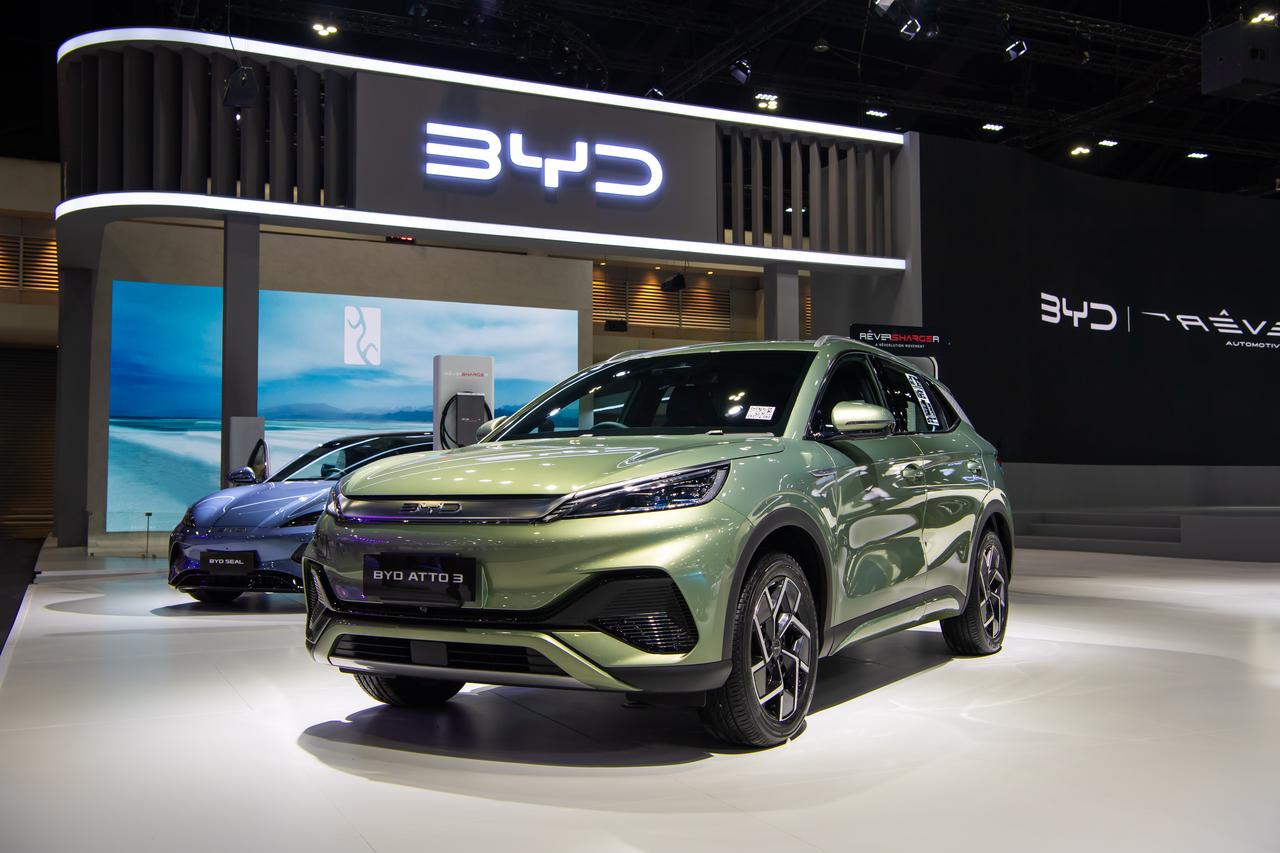
Türkiye’s passenger car and light commercial vehicle market expanded by 2.7% year-over-year in the January–April period of 2025, reaching a total of 381,636 units sold, according to data from the Automotive Distributors and Mobility Association (ODMD).
Passenger car sales rose by 4.9% to 309,204 units, while light commercial vehicle sales declined by 5.4% to 72,432 units over the same period.
In April alone, total vehicle sales surged by 38.8% year-over-year to 105,352 units, marking the highest April sales figure in the past 15 years. Of these, 85,411 were passenger cars—marking a 39% increase—while sales of light commercial vehicles rose by 37.8% to 19,941 units.
Lower-taxed vehicle segments continued to dominate the market. A, B, and C segment vehicles collectively accounted for 81.5% of all passenger car sales. Within this group, C-segment vehicles led the market with 171,562 units sold, corresponding to a 55.5% share, followed by B-segment vehicles with 79,242 units and a 25.6% share.

In terms of body type, sport utility vehicles (SUVs) remained the most preferred, accounting for 60.7% of total passenger car sales with 187,660 units sold. They were followed by sedans, which made up 22.9% with 70,852 units, while hatchbacks comprised 15.3% of the market with 47,408 units.
By fuel type, gasoline-powered vehicles led the market with a 48.3% share and 149,500 units sold. Hybrid vehicles followed, representing 28.7% of total sales with 88,856 units, while electric vehicles accounted for 13.9% with 42,856 units. Diesel vehicles made up 8.5% of the market with 26,155 units sold, and liquefied petroleum gas (LPG) vehicles held the smallest share at 0.6%, totaling 1,837 units.
Import penetration reached a critical level in April, with imported vehicles making up 72.6% of total sales. In contrast, the share of domestically manufactured vehicles dropped to 27.4%, the lowest level in the past decade.
Electric vehicle (EV) sales under 160 kilowatts (kW) surged by 75.7%, capturing an 11.6% share of the market. EVs exceeding 160 kW rose even more sharply—by 157.8%—and attained a 2.3% share.
Sales of vehicles with engine displacements under 1600 cubic centimeters (cc) declined by 22.5%, although this category maintained a 56.6% share of the overall market. Cars in the 1600–2000 cc range grew by 21.5%, representing 0.6% of sales, while those above 2000 cc rose by 20.3%, accounting for 0.3% of the total.
Among the brands, Chinese electric vehicle manufacturer BYD led overall sales in the electric vehicle segment with 5,397 units sold during the period, followed by Türkiye’s domestic brand Togg with 3,537 units.

Automatic transmissions overwhelmingly dominated the market, making up 94.6% of passenger car sales (292,573 units), compared to 5.4% for manual transmissions (16,631 units).
In the light commercial vehicle category, vans were the most popular body type, with a 74.6% share (54,004 units), followed by pickup trucks at 10.5% (7,609 units).
Türkiye’s automotive industry continued to lead the nation’s export sectors in April, posting foreign sales of $3.15 billion.
According to the Uludag Automotive Industry Exporters’ Association (OIB), this figure represents a 15% year-over-year increase. The automotive sector contributed 15% of Türkiye’s total exports during the month.
The largest export category was the automotive supplier industry, which generated $1.28 billion in revenue. While exports of passenger cars declined by 4% to $895 million, exports of buses, minibuses, and midibuses rose by 9%, totaling $240 million.